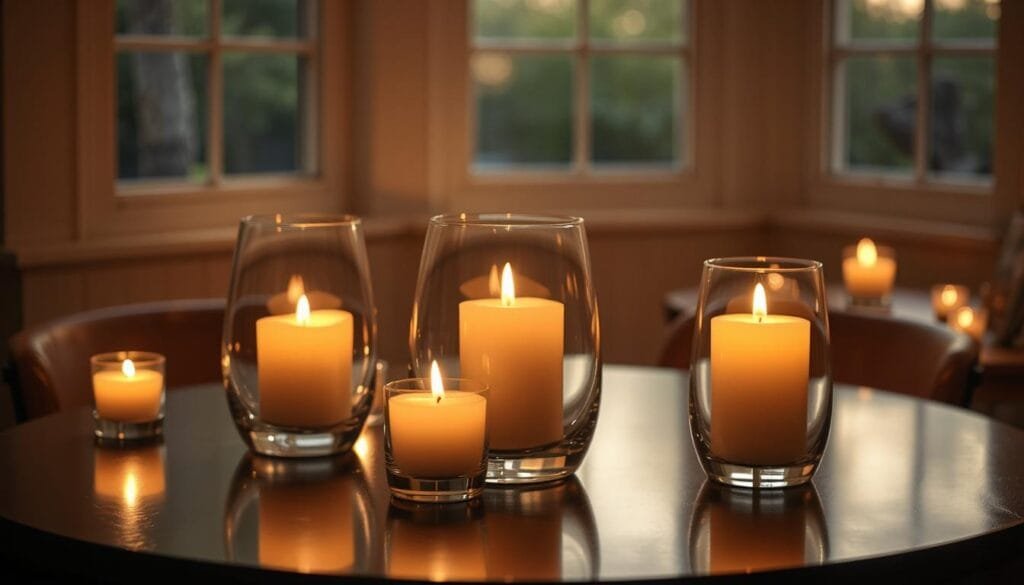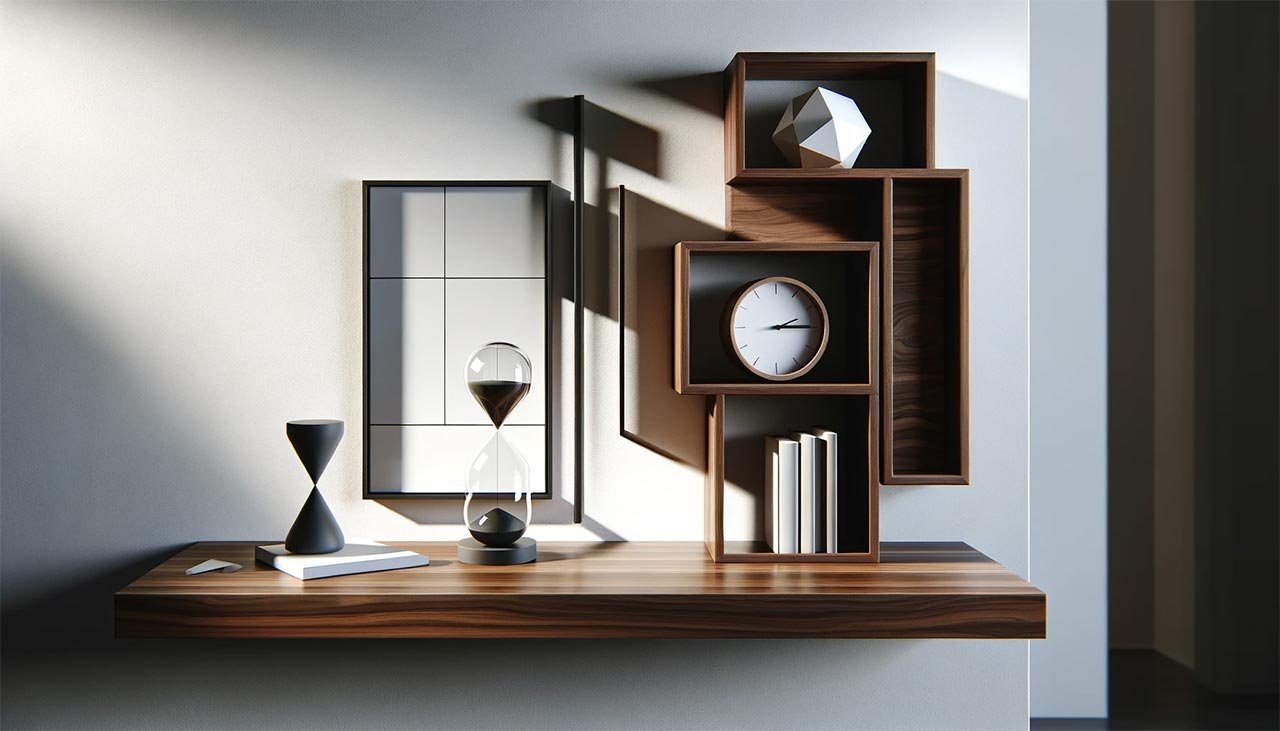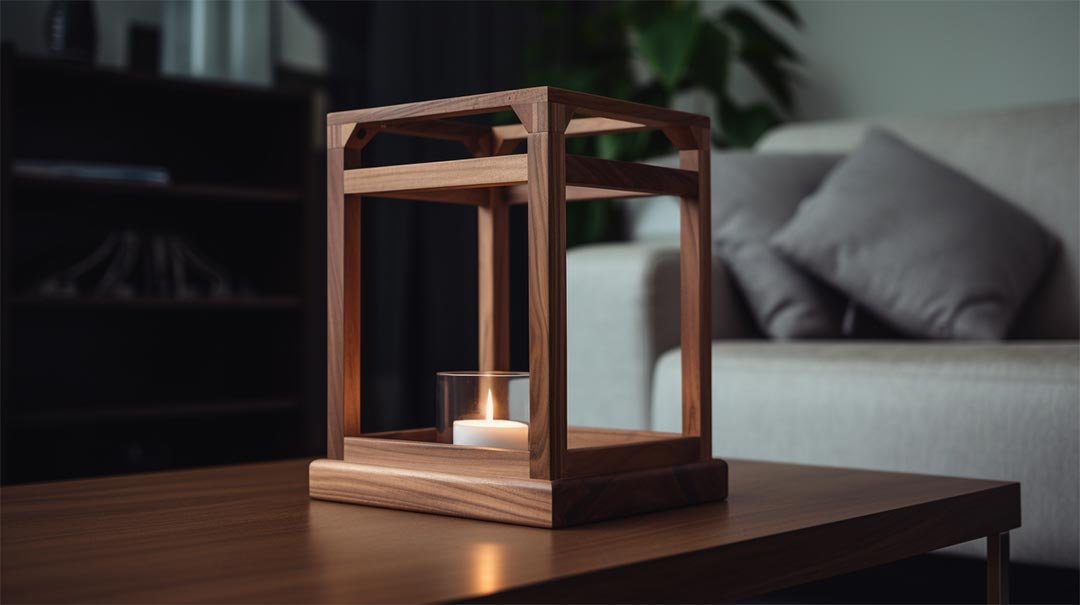Okay, let’s be real for a sec. You’re probably eyeing those pretty glass jar candles, thinking, “Are these things actually safe, or am I setting up a tiny fire hazard right on my coffee table?” I get it. I’ve been there too—loving the vibe but wondering if I’m inviting trouble. Candles can be a major stress relief but also a major stress if safety’s on the line. So, let’s cut through the hype and get to the truth.
So, are candles in glass jars actually safe? The quick and dirty answer: yes, they generally are—but only if you use them right and pick quality products. Glass jars are designed to contain flames safely, preventing the wax from spilling and reducing fire risks. But just like anything—if you’re careless, accidents can happen.
Curious how these pretty jar candles keep your space cozy without going up in flames? Let’s dive deeper.

The Common Fears About Glass Jar Candles
What Could Possibly Go Wrong?
People worry about jars shattering from heat, wax spilling, or flames getting wild. And honestly, those fears aren’t totally baseless. Glass is fragile, and if the candle isn’t made well or you don’t watch it carefully, things can go south fast. But let me tell you—most modern glass jars are toughened and tested to prevent exactly these issues.
Why People Love Glass Jar Candles
Safety Meets Style
Nothing beats a candle in a glass jar for that classy look. Plus, the glass acts like a mini fortress around the flame. It slows down heat transfer and stops the open flame from spreading quickly. That’s a safety win right there.
The Benefits of Using Glass
Glass doesn’t catch fire, is easy to clean, and allows you to see the wax melt—a neat little show every time you light it. Plus, it traps scents nicely, so you get that full-on aroma bomb without worrying about dangerous fumes, assuming your candle is made from natural ingredients, that is.
Materials Matter: The Glass and Wax Combo
Types of Glass Used
It’s not just any glass slapped together. Most candle jars are made from tempered or borosilicate glass, both designed to handle heat without cracking. Cheap glass? Might be asking for trouble.
Wax Choices That Affect Safety
Soy, beeswax, paraffin—each has its own melting point and burn characteristics. Soy and beeswax usually burn cleaner and cooler, putting less stress on the glass. Check for quality wax; it prevents overheating, which means less risk of the glass getting hot enough to crack.
How to Use Glass Jar Candles Safely
Placement Tips to Avoid Hazards
Place candles on flat, heat-resistant surfaces away from curtains, paper, or anything flammable. Avoid drafts, because windy flames are unpredictable and can cause accidents faster than you think.
Never Leave Them Unattended
This one’s golden rule territory. Don’t walk away and forget that candle is there. If you gotta leave the room, blow it out. Yeah, it’s simple, but it can save your house (and your nerves).
Helpful Habits for Candle Care
Trim the wick to about ¼ inch before lighting. Longer wicks cause bigger flames and sooty glass. Clean off any debris floating in the wax too—keeps your burn even and safe.
Troubleshooting: What to Do If Problems Arise?
Cracked Glass or Overheating?
If you notice cracks or the glass feels too hot to touch, extinguish the candle. Stop using that jar—don’t risk it. Contact your supplier and ask for safer options. Always better to play it safe.
Smoking or Flickering Flames?
Usually, this means the wick’s too long or something’s off with the wax. Fix the wick length, and if the problem persists, ditch that candle.
Safety Certifications and Why They Matter
What You Should Look For in a Certified Candle
UL or ASTM certifications are your friends. They mean the product has been tested for safety. Suppliers who offer certified products like those I recommend at Kangjie are more reliable—no cutting corners.
My Takeaway for Small Buyers Like Andy
Finding Reliable Suppliers
If you’re like Andy—a purchasing manager hunting for high-quality candles at decent prices—trust matters big time. Suppliers who offer clear info about materials, safety certifications, and fast communication? Jackpot.
Getting Quality Without Breaking the Bank
I know budgeting isn’t easy, especially with frustration from pricey or flaky suppliers. That’s why I keep things low MOQ and transparent at Kangjie, so you get safe, customizable products without the headache.
Conclusion
Candles in glass jars are safe when you choose quality materials and handle them with care. With the right supplier and good habits, you can enjoy the cozy glow without worrying about your space going up in flames. Light smart, stay safe!
FAQs
Q1: Can glass jars explode from candle heat?
A: Rarely, only if the glass is poor quality or overheated. Using tempered or borosilicate glass and proper candle care avoids this risk.
Q2: Are soy wax candles safer than paraffin?
A: Soy wax usually burns cleaner and cooler, reducing risk of overheating and excessive soot.
Q3: How often should I trim the wick?
A: Every time before lighting, trim to roughly ¼ inch for an even burn.
Q4: Can I reuse a glass jar candle container?
A: Yes, just clean it properly and remove wax residue before reuse.
Q5: What certifications guarantee candle safety?
A: Look for UL (Underwriters Laboratories) or ASTM (American Society for Testing and Materials) certifications.
Below is my information:
My business, Kangjie: “www.kangjiearts.com“, is a B2B company based in China that specializes in fully customizable wooden crafts. We offer low MOQ, high quality, and reliable service worldwide. Just like Andy, we know quality and trust matter — and we deliver.



